|
|
|
Книги издательства «Oxford University Press»
|
Leading theorists argue that in order to understand the processes of language use and language learning we need to understand how social and cognitive factors work interdependently, not separately. |
|
This work integrates theory, research, and practice on the learning of second and foreign languages as informed by sociocultural and activity theory. It familiarizes students, teachers, and other researchers who do not work within the theory with its principal claims and constructs in particular as they relate to second language research. The book also describes and illustrates the use of activity theory to support practical and conceptual innovations in second language education. |
|
This book describes the creative strategies employed by teachers and students in periphery communities in order to use the English language in a manner that suits their needs while subtly resisting the linguistic imperialism that many scholars have identified as the consequence of the global ELT enterprise. After developing trends and ideas from those oppositional strategies, the book goes on to outline elements of a critical pedagogy suitable for ELT in formerly colonized communities. As the English language continues to spread globally, this book will be essential reading for English teachers and applied linguists wishing to understand the ideological challenges in the periphery. Curriculum planners and policy makers will also find it a necessary aid to exploring the pedagogical alternatives. |
|
This book advocates a new approach to pronunciation teaching, in which the goal is mutual intelligibility among non-native speakers, rather than imitating native speakers. It will be of interest to all teachers of English as an International Language, especially Business English. It proposes a basic core of phonological teaching, with controversial suggestions for what should be included. |
|
Studies in honour of H G Widdowson. Principle and Practice in Applied Linguistics provides a comprehensive overview of the many and diverse areas in applied linguistics today. The papers range from second language acquisition to discourse analysis, corpus lingustics, and classroom practice; together they emphasize the reciprocal relationship of principle and practice, and the interdisciplinary nature of applied lingustics. |
|
The Psychology of Second Language Acquisition offers a systematic and accessible overview of the main psychological areas and theories in order to keep abreast of the ongoing paradigm shift. Readers will find succinct and up-to-date descriptions of a wide range of psycholinguistic and neuropsychological topics such as language and the brain; neuroimaging and other research methods in psycholinguistics and brain research; non-nativist approaches to language acquisition; explicit/implicit learning and memory, procedural/declarative knowledge, and the automatization of language skills; learner characteristics, age effects, and the critical period hypothesis; and the psychological basis of language learning in educational contexts. |
|
This is a very practical and accessible book that offers a comprehensive overview of research methodology in applied linguistics by describing the various stages of qualitative and quantitative investigations, from collecting the data to reporting the results. It also discusses mixed methods research, that is, the various combinations of qualitative and quantitative methodologies. |
|
Learners who cannot decode alphabetic script have been left out of the SLA research enterprise, at considerable cost to our understanding of the human capacity for language learning. This book offers research evidence documenting the significant impact of low literacy skill on adolescents' processing of oral L2 input and acquisition. Together with a large body of closely related research in cognitive psychology, the findings lead to a startling conclusion: language processing skills that have been assumed to be universal human traits appear instead to be a product of learners' experience with alphabetic print literacy. |
|
By drawing on multiple examples of real-world language learning situations, this book explores the subjective aspects of the language learning experience. The author encourages readers to consider language learning from new, diverse, and unique perspectives. The book analyses data from a variety of sources, including language memoirs, online data from language learners in chat rooms, and text messaging exchanges. In the analysis of this data, the book looks at the relationship between symbolic form and the development of a multilingual subjectivity, links with memory, emotion, and the imagination, and the implications for language teaching pedagogy. |
|
This book has two related purposes. The first is to demonstrate the extent and importance of language play in human life; the second is to draw out the implications for applied linguistics and language teaching. Language play should not be thought of as a trivial or peripheral activity, but as central to human thought and culture, to learning, creativity, and intellectual enquiry. It fulfils a major function of language, underpinning the human capacity to adapt: as individuals, as societies, and as a species. |
|
This book discusses the need for foreign language programmes to teach literacy. It suggests approaches to curriculum development using a wide range of modern media texts such as newspapers, music videos, and film as a basis for cultural analysis. |

|
The question of how interaction and corrective feedback affect second language (L2) learning has increasingly attracted the interest of researchers in recent years. This book describes the processes involved in interaction-driven second language learning and presents a methodological framework for studying them. A substantial amount of research on interaction has been carried out over the past two decades; the author provides a timely, comprehensive, and up-to-date survey of this significant body of work. In particular, she explores the recent growth in research into the role of cognifitve and social factors in evaluating how interaction works. Researchers, research students, and all those working within the field of second language acquisition will find this book an authoritative and valuable resource. |
|
Presents an innovative, unified, and easily applied approach to designing and developing language assessments. Language Assessment in Practice is a follow-up to the bestselling Language Testing in Practice. It allows readers to become competent in the design, development, and use of language assessments. The authors discuss concepts and procedures clearly, illustrated with examples. |
|
Starting from the premise that each person develops a unique and personal code for communication, Christopher Brumfit examines the roles of teachers and learners and the approaches that education professionals should develop in support of learners. The book draws upon linguistic, psychological, philosophical, and sociolinguistic principles and uses practical examples from second, foreign, and mother tongue teaching. It attempts to integrate theoretical and empirical work with the practical needs of institutions and of teachers without losing sight of learners' needs for free personal choice combined with effective communication. Drawing upon the author's extensive experience in the field, it considers the roles of literature and culture, as well as language policy in relation to learners' rights, and attempts to outline a humane and realistic philosophy for language teaching. |
|
This book explores attitudes related to English as a Lingua Franca (ELF) and the implications for student identities. In addition ways in which the problems can be addressed in teacher education are explored. English language materials and testing are discussed. |

|
Examines how formulaic language (lexical chunks) is used in a variety of real-life situations. Presents a framework for examining the existence and function of formulaic language and tests it extensively against language data within a wide variety of language samples. Formulaic language is a fast-growing area of applied linguistic research, and the author is a key figure in this field. |
|
This text goes back to basics by investigating fundamental assumptions about the way English should be defined and taught as a school subject. It looks at different attitudes to English, and developments in its description, and it critically examines current proposals for the specification of course content and classroom methodology, with particular reference to ideas about authenticity and task-based learning. |
|
A four-level secondary course that sets achievable goals. |
|